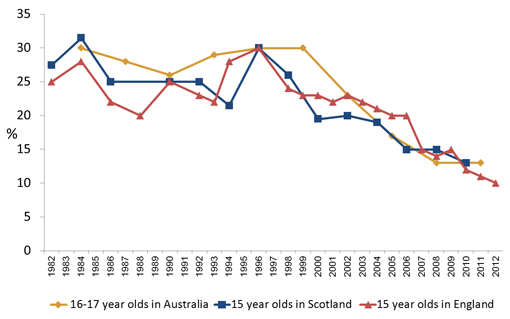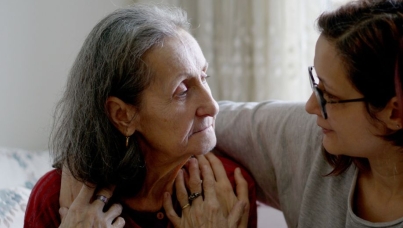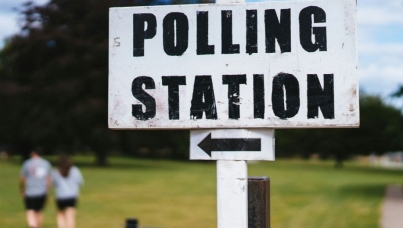Plain Evidence on Plain Packaging?

The governments in London and Edinburgh disagree about whether they should now follow Australia’s lead and introduce plain packaging for cigarettes. But clear evidence on the effectiveness of such a measure will take years to emerge.
Jeremy Hunt, the Health Secretary in England, provoked the wrath of health campaigners in July when he announced that a decision on plain cigarette packaging south of the border would be postponed until “the emerging impact of the decision in Australia can be measured.”[1] Australia introduced plain packaging in December 2012 and is so far the only country in the world to have done so - although legislation is planned in Ireland, New Zealand and Scotland. Indeed, the Scottish Government reaffirmed its commitment last week: “Unlike the UK Government, we will not back away from this important measure to help protect our young people from becoming the smokers of tomorrow. We will consult on the next steps in the coming months after which we will look to introduce legislation in 2014-15”.[2]
The first evidence on the effects in Australia was published recently. Research undertaken in the month before the deadline for plain packaging - when both branded and plain packs were available - found that those smoking from plain packs perceived their tobacco as being lower in quality, less satisfying, and were more likely to think about quitting[3]. However, the authors acknowledge that the results may be partly explained by ‘differential selection’: in other words, it may be that more committed smokers were choosing to avoid the new plain packs for as long as they could. Moreover, this tells us only about the early effects on perceptions and intentions – important steps, of course, but not evidence that plain packaging will ultimately reduce smoking rates.
So what might the evidence look like? One of the main arguments advanced in favour of plain packaging is that it prevents uptake among young people: the appeal of smoking is reduced because plain packs weaken the positive associations created by brands that smoking is ‘cool’, ‘stylish’ ‘fashionable’ and ‘trendy’, and because plain packs increase the impact of health warnings[4]. If we can prevent young people from taking up smoking this will have a big impact on future smoking prevalence: 66% of smokers in the UK started smoking when they were under 18 including 39% when they were under 16[5]. Smoking prevalence among young people will therefore be a key measure of the impact.
Figure 1 shows the trends in smoking rates among young people in Australia, England and Scotland. Overall, the rates of smoking and the trends are very similar[6] and this is helpful if we want to see whether the introduction of plain packaging has an impact. We can compare the percentage of young people in Australia who smoke and if it drops faster (since the trend has been downward in all three countries since the mid/late 1990s we might expect that to continue) or continues to drop when it stalls in England and Scotland – that will be evidence that plain packaging has worked, right?
Figure 1: Regular Smoking among Young People

Sources: Australian Secondary Students’ Alcohol and Drug Survey (White V, Bariola E. Australian secondary school students’ use of tobacco, alcohol, and over-the-counter and illicit substances in 2011. Melbourne: Centre for Behavioural Research in Cancer, Cancer Council Victoria; 2012 Dec.); Smoking, Drinking and Drug Use Among Young People in England (http://www.hscic.gov.uk/catalogue/PUB11334 Chapter 2 part A, Table 2.3); Scottish Schools Adolescent Lifestyle and Substance Use Survey (SALSUS) (Black C, Eunson J, Sewel K and Murray L. Smoking, Drinking and Drug Use Among 13 and 15 Year Olds in Scotland in 2010. ISD Scotland: 2011). Note: Australian data based on those who have smoked in past 7 days; English and Scottish data based on those who usually smoke at least one cigarette a week
Of course it’s not as simple as that. This is not a randomised control trial and we can’t isolate the effects of plain packaging from other factors that might have an impact. Display bans were implemented in Australia earlier than in England or Scotland[7] and a notable reduction in Australian smoking rates might be attributed to the effects of that. There will be other differences too - for example in education interventions and public health campaigns.
And although, overall, the trends have been similar in all three countries there have been blips. For example, there was a big drop in Australian rates from 30% in 1999 to 23% in 2002. Over that same period, the rates in England held steady at 23% (the big drop having occurred a few years earlier). Had plain packaging been introduced in Australia in 1999, what would we have concluded?
There is also the issue of timing. If the next wave of the Australian survey that provides the data on young people’s smoking takes place in 2014 (with results available in 2015)[8], that will be around 18 months since the introduction of plain packaging. Too soon to expect much of an effect? It’s certainly debatable. Assuming Scotland presses ahead, Jeremy Hunt (or, more likely, his successor) can look closer to home for evidence – but probably not until 2018 at the very earliest[9]. That’s very long grass indeed.
So, while evidence of the impact of plain packaging is important, it’s unlikely to be clear cut and it certainly won’t be immediate. Policy makers need to weigh up the benefits of waiting for evidence from elsewhere with what is already known, such as the systematic review[10] of existing evidence from experimental studies which concluded that there was strong evidence that plain packaging would help reduce smoking rates, and the risks of delaying - an estimated 207,000 young people under the age of 16 take up smoking each year in the UK[11].
Notes: 1https://www.gov.uk/government/news/consultation-on-standardised-packaging-of-tobacco-products 2http://news.scotland.gov.uk/News/Tobacco-plain-packaging-3ce.aspx 3http://bmjopen.bmj.com/content/3/7/e003175.full 4 Moodie C, Stead M, Bauld L, McNeill A, Angus K, Hinds K, Kwan I, Thomas J, Hastings G, O’Mara-Eves A (2012) Plain tobacco packaging: a systematic review. London: Public Health Research Consortium 5http://www.ons.gov.uk/ons/rel/ghs/general-lifestyle-survey/2010/index.html 6 It should be noted that Australian trend data is readily available for 16-17 year olds and 12-15 year olds. We have used the data for 16-17 year olds as the prevalence and trends are closest to those for 15 year olds in England and Scotland. However, as smoking rates increase with age (among young people) this suggests that the rates among Australian young people have tended to be slightly lower, overall, than young people of the same age in England and Scotland. 7 It varied by state but bans were implemented in most areas between 2010 and 2011. The ban for large shops was implemented in England in April 2012 and in Scotland a year later (having been held up due to a legal challenge). It will apply to small shops in both England and Scotland from April 2015. 8 Triennial surveys have been the pattern up to now 9 SALSUS is the Scottish survey which provides data on young people’s smoking. The 2013 wave is currently underway. Subsequent waves are due in 2015 (too soon) and 2017. 10 Moodie C, Stead M, Bauld L, McNeill A, Angus K, Hinds K, Kwan I, Thomas J, Hastings G, O’Mara-Eves A (2012) Plain tobacco packaging: a systematic review. London: Public Health Research Consortium 11 http://www.cancerresearchuk.org/cancer-info/cancerstats/types/lung/smoking/#children



